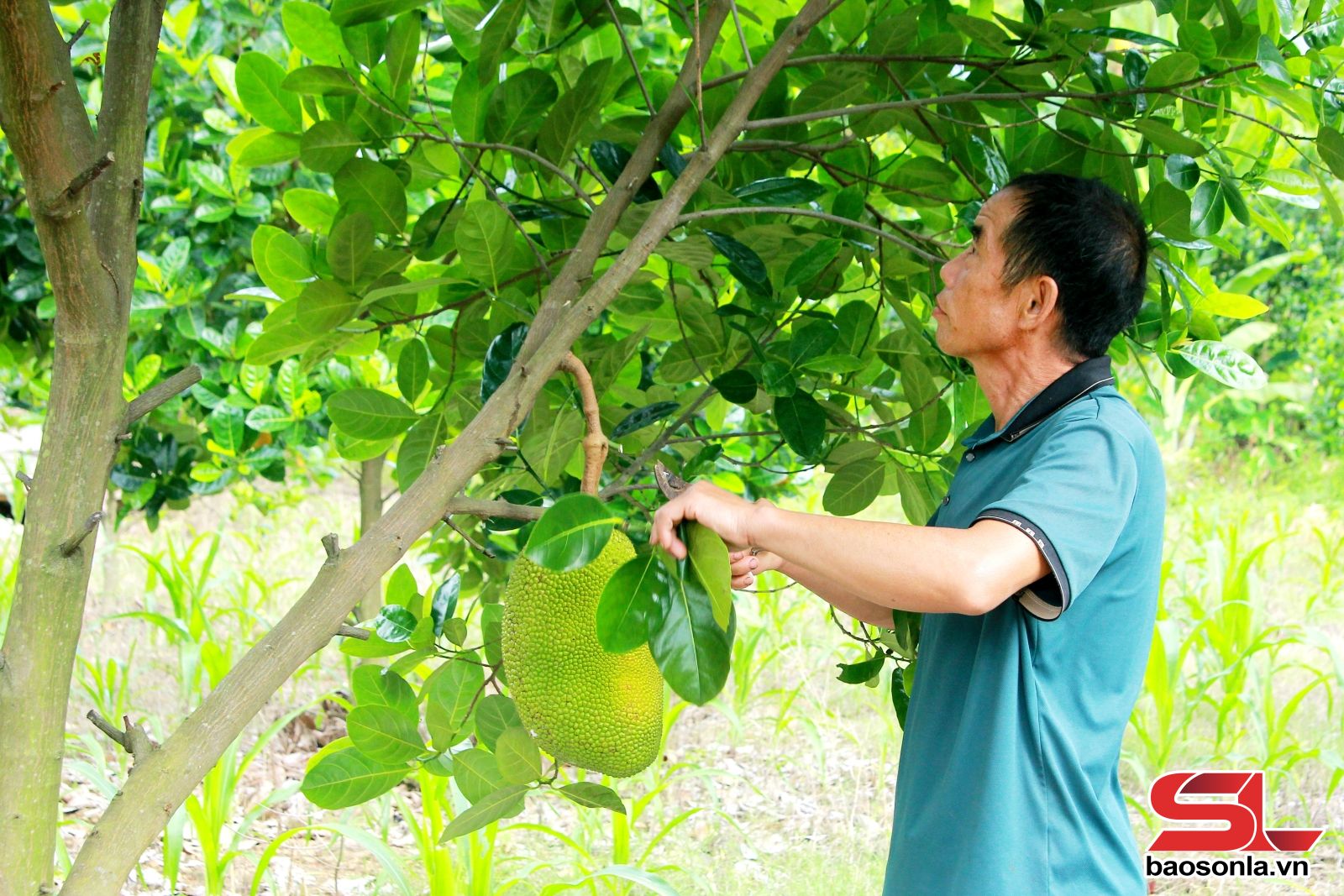
Following the introduction of the villagers, we visited the family of Mr. Lo Van Pan, the pioneer in expanding the jackfruit growing model on sloping land in Na Sai. While most of the villagers were still familiar with rice and cassava, and were hesitant to bring in new varieties because they were worried that they "would not be suitable for the soil and would not be effective", Mr. Pan thought differently. Taking us to visit the garden, he recalled: In 2022, I decided to buy 200 Thai jackfruit trees. At that time, many people in the village discouraged me, saying that it was risky, but I thought that if I didn't try, I would never know whether this land was suitable for new trees or not.
Three years have passed, and the lush green jackfruit trees have proven that choice was absolutely correct. This year, Mr. Pan's jackfruit garden has produced its first fruits, with a yield of over 3 tons, selling for 15,000 - 20,000 VND/kg. Sharing about the technique, Mr. Pan added: Jackfruit is drought-resistant, but to have a high yield, it must be carefully cared for. Every year, add composted manure combined with NPK to keep the soil fertile. When the tree flowers, prune the flowers and young fruits, leaving only on healthy branches so that the fruit is large, with yellow, sweet segments. I regularly cut off diseased branches, keep the canopy airy and cover the fruit to limit pests, helping the fruit to be beautiful and of good quality.
In addition, Mr. Pan also takes advantage of the land between the rows of trees to intercrop corn and soybeans. This method has brought double benefits, both increasing income and improving fertility, keeping the soil moist, limiting pests, weeds and reducing erosion. Thanks to reasonable intercropping, he has an additional short-term source of income while waiting for the jackfruit trees to come into season, improving land use efficiency. The family's total income is currently over 250 million VND/year.
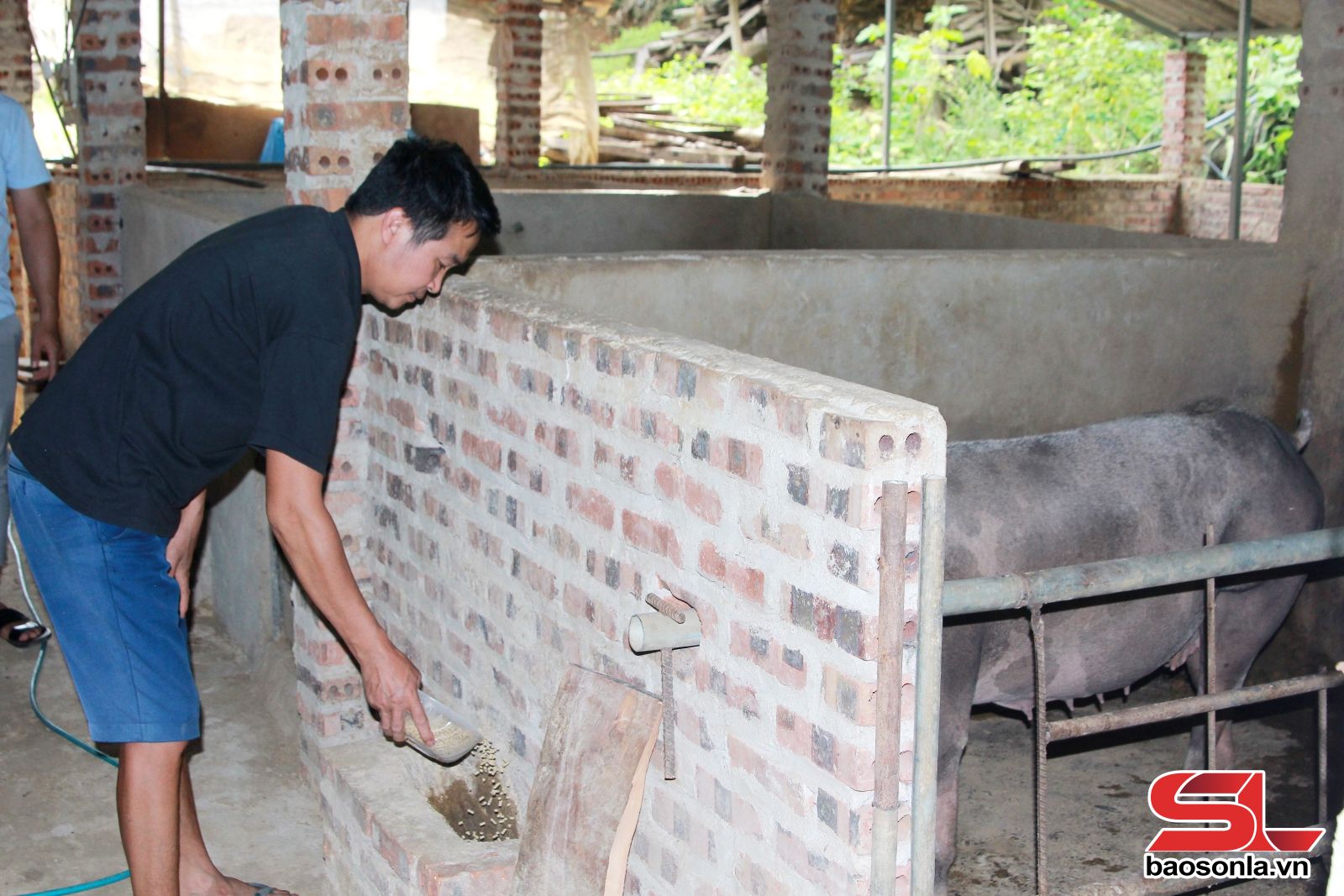
In addition to the new direction with fruit trees like Mr. Pan, Mr. Lo Van Thuan has been successful thanks to livestock farming. Currently, his family maintains raising nearly 100 pigs, including 8 breeding sows, 20 meat pigs and more than 70 piglets, supplying to people in the village and neighboring villages. Mr. Thuan said: I always pay attention to keeping the barn clean, fully vaccinating to prevent epidemics. The feed for the pigs is mainly corn and cassava grown by the family, combined with opening a milling service to get rice bran. Thanks to the natural food source, the pigs are healthy, have firm meat, and are chosen by traders to buy. Each year, the family sells about 20 meat pigs, at a price of 60-80 thousand VND/kg, along with dozens of piglets, at a price of about 120 thousand VND/kg. Combined with income from fields and fish ponds, the family's income reaches over 300 million VND.
Mr. Luong Van Thiem, Party Cell Secretary, Head of Na Sai Village, said: Currently, the village has more than 82 hectares of cultivated land, nearly 400 cattle and nearly 3,000 poultry. Initial results from typical households have shown that this is the right direction. In the coming time, the Party Cell and the Village Management Board will continue to encourage and support people to replicate effective models such as growing fruit trees, concentrated livestock farming, increasing income, improving life and building Na Sai more and more prosperous.
Today, Na Sai is gradually innovating in people's production thinking, opening up a direction for sustainable development, contributing to creating a new look and making the village a bright spot in the new rural construction of Pac Nga commune.
Source: https://baosonla.vn/kinh-te/doi-thay-tu-nhung-mo-hinh-kinh-te-hieu-qua-UVCNtJqHg.html


![[Photo] Hanoi morning of October 1: Prolonged flooding, people wade to work](https://vphoto.vietnam.vn/thumb/1200x675/vietnam/resource/IMAGE/2025/10/1/189be28938e3493fa26b2938efa2059e)


![[Photo] Keep your warehouse safe in all situations](https://vphoto.vietnam.vn/thumb/1200x675/vietnam/resource/IMAGE/2025/10/1/3eb4eceafe68497989865e7faa4e4d0e)

![[Photo] President of the Cuban National Assembly visits President Ho Chi Minh's Mausoleum](https://vphoto.vietnam.vn/thumb/1200x675/vietnam/resource/IMAGE/2025/10/1/39f1142310fc4dae9e3de4fcc9ac2ed0)


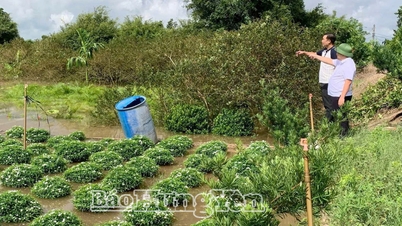

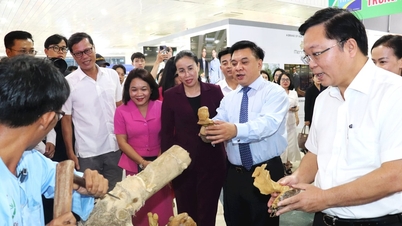

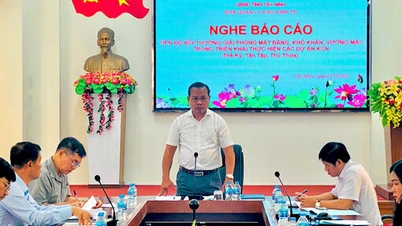

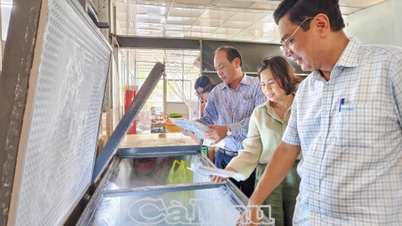

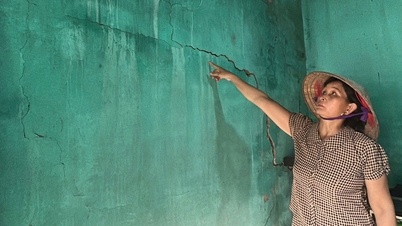





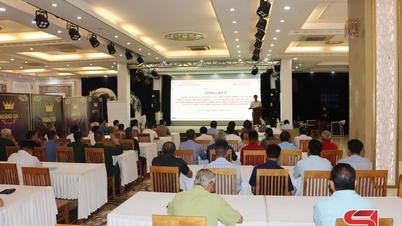
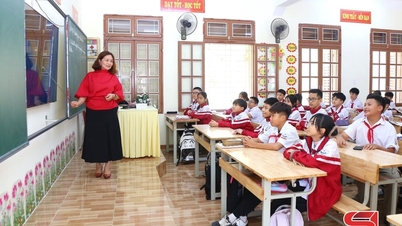
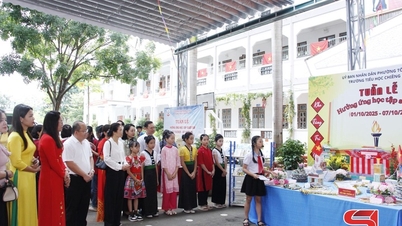
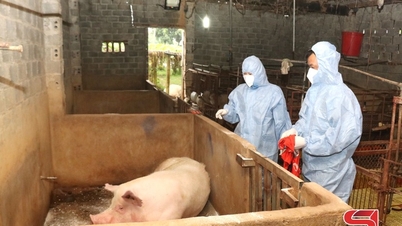
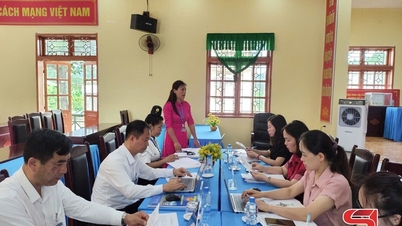
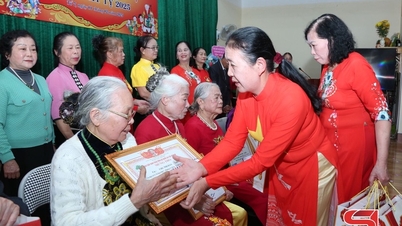








































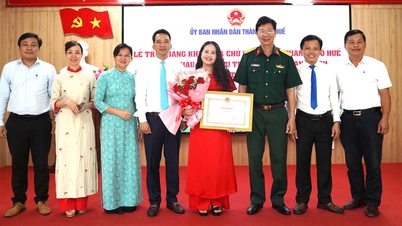

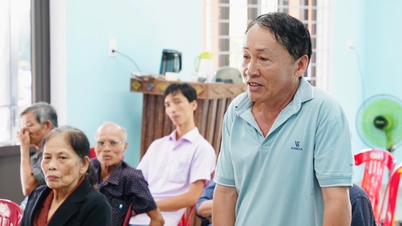
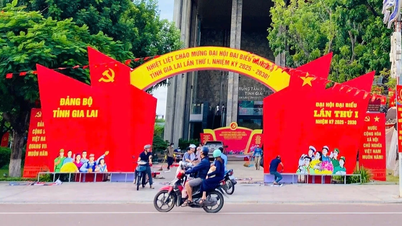



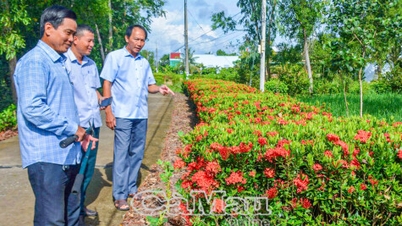
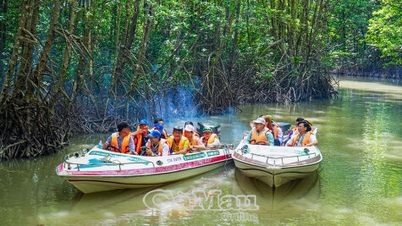













Comment (0)